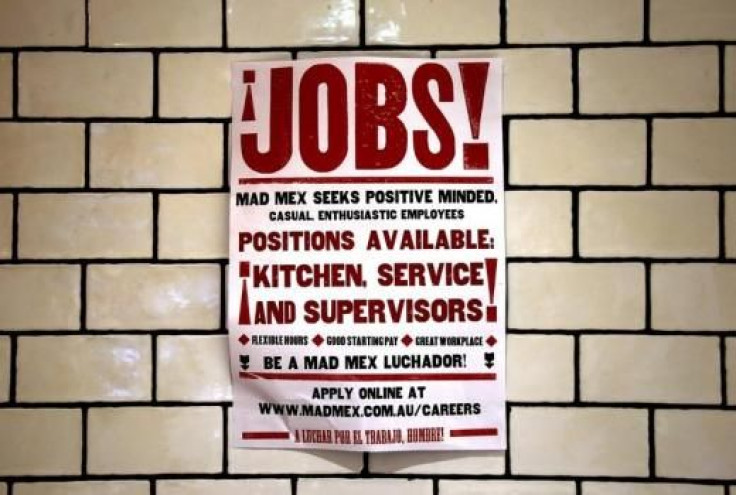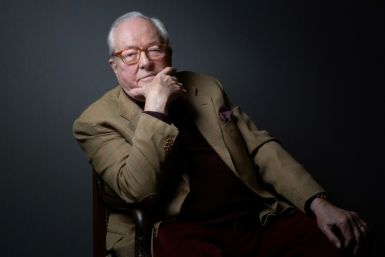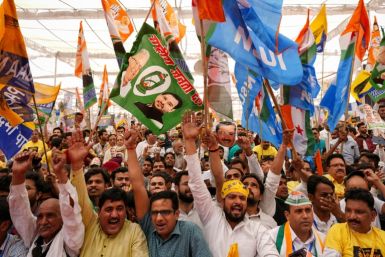Unemployment rate rises as more Australians actively seek work

Australia’s seasonally adjusted jobless rate ticked up to 5.6 percent in February from 5.5 percent in January despite about 18,000 additional jobs created last month. The recent unemployment rate came in a little above market expectations of 5.5 percent.
The number of people with jobs climbed by 17,500 last month. Additional 64,900 full-time jobs eclipsed the 47,400 drop off in part-time roles, according to the seasonally adjusted figures from the Australian Bureau of Statistics.
The number of people employed or actively looking for work, known as the participation rate, remained largely steady. It climbed by less than 0.1 percent at 65.7 percent.
The quarterly measure of the underemployment rate increased from 8.3 percent in November to 8.4 percent. This refers to those who already have a job but want to work longer hours.
'More needs to be done'
Tasmania has recorded the largest increase in the seasonally adjusted unemployment rate, up 0.7 percentage points to 6.0 percent. The unemployment rate in New South Wales dropped from 5.1 percent to 4.8 percent.
"So clearly more needs to be done in terms of job creation, but from an economy-wide perspective the 1.2 per cent lift in hours worked highlights a solid lift in activity," Commsec chief economist Craig James said, according to SBS.
The sum of unemployment and underemployment rates edged up to 13.9 percent. The ABC reports Capital Economics Paul Dales as saying that such is not a big deal as it remained below the peak of 14.7 percent one year ago. But he found it disappointing that the total amount of spare capacity is not declining.
"As such, these data go some way to dashing any remaining expectations that a decent rise in wage growth will prompt the RBA to raise interest rates this year,” he said.
Dales added said that increases in underemployment and unemployment underlined that wage growth is unlikely to rise anytime soon.
The central bank’s bank head previously declared that there is no strong case for a rate rise, provided that wage growth still lags far behind job creation. James said that last month was the 17th straight month of jobs growth.
Meanwhile, Australian Council of Trade Unions secretary Sally McManus has launched a nationwide campaign to call for casual, gig economy and labour hire employees to receive similar minimum conditions as full-time workers. These include access to collective bargaining and dismissal tribunals as well as a right to convert to permanent employment.






